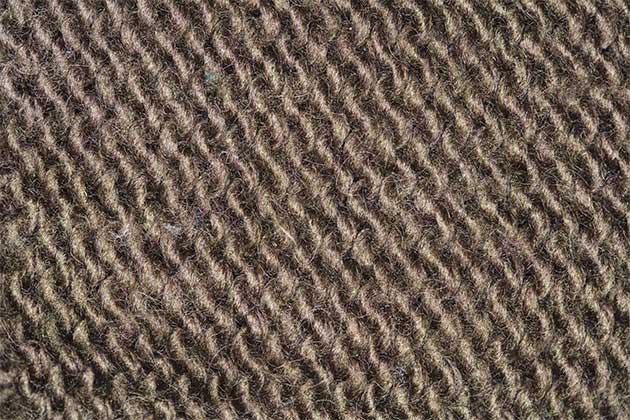The first temperature-sensitive textile has been created which can regulate our body’s heat exchange with the environment
Our body absorbs or loses heat in the form of infrared radiation. At room temperature around 40 percent of heart transfer occurs in this manner. Human body is a radiatorand we use clothing as a means to enable this regulation as different fabrics trap infrared radiation and keep us warm or cool by regulating the temperature. Scientists have desiredfor very long to develop a fabric which couldalso release this energy rather than only trap it, so as to keep our body passively cool. However, textiles do not respond to the changes occurring in the external environment and so they do not possess the ability to regulate both cooling and heating. The only way for us humans to cope with change in temperature in the environment has been to choose and wear appropriate clothing.
A new unique textile
Scientists from University of Maryland, USA have created an innovative fabric which could‘automatically’ regulate the amount of heat passing through a person’s body according to the external weather conditions. The fabric is made of a specially engineered heat sensitive yarn (polymer fibre) whose strands act as a ‘gate’ for the heat (or infrared radiation) to transmit or block. This ‘gate’ works quite intelligently in a very unique way. When the outside weather is hot and humid, the strands of the fibrecompact and the fibre collapses which allows for opening of fabric weave. Once ‘open’, the fabric activates cooling by allowing the heat radiating from our body to escape. This makes us feel cooler as the fabric also reflects sunlight.In contrast, when the outside weather is rather dry and cold, the fibre expands and closes or reducesthe gaps to prevent heat from escaping making the person feel warm. So, the fabric dynamically gates infrared radiation in real time based upon outside environmental conditions.
Technology behind it
The novelty of the fabric is due to its base yarn which is made up of two opposite kinds of commercially available synthetic materials, hydrophilic cellulose and hydrophobic triacetate fibres, which either absorb or repel water. The strands of the fibreare coated with a conductive metal – a carbon-based lightweight carbon nanotubes – by a process similar to solution dyeing commonly used for industrial dyeing of synthetic fibres. Because of the dual properties the fibre warps when it is exposed to moist conditions like humidity. The electromagnetic coupling between carbon nanotubes inside the coating gets modified which acts like a ‘regulating-switch’. Based upon this change in electromagnetic coupling every time, fabric either blocks heat or allows it to pass through. The person wearing the fabric doesn’t realize this underlying activity as the fabric does this very instantly in under a minute. It senses levels of thermal discomfort of a person on its own and can vary the amount of heatradiated by 35 percent as the level of humidity under one’s skin changes.
In a practical experiment, the team knit a 0.5 m2 swatch to show scalability for future manufacture. The shift in fibre spacing in humid and dry conditions was captured in real time using confocal fluorescence microscopy and a fluorescently dyed swatch of the fabric.To quantify fibre performance, they used a Fourier-transform IR spectrometer attached to a humidity-varying environmental chamber containing a small swatch of the fabric. They observed that the fabric could achieve 35-percent relative change in Infrared transmittance. The fabric could efficiently switch from cooling to heating mode in under a minute in all experiments.
Is it practical as real clothing?
A novel fabric has been created for the first time that helps to make a person stay warm when the outside weather is cool and dry and cool when the weather is hot and humid. This is fascinating indeed! The fabric could be knitted or dyed and also be washed in a manner similar to other sportswear. More research is likely needed to make this fabric more practical and useful for everyday use. Researchers hope to collaborate with a manufacturing unit in the near future to produce clothing made from this novel fabric. This discovery published in Science is innovative and promising as such a fabric could be beneficial for athletes, sportsmen, infants and older people by providing them comfort and feel of normal clothing.
***
{You may read the original research paper by clicking the DOI link given below in the list of cited source(s)}
Source(s)
Zhang XA et al 2019. Dynamic gating of infrared radiation in a textile. Science. 363(6427).
http://doi.org/10.1126/science.aau1217






































